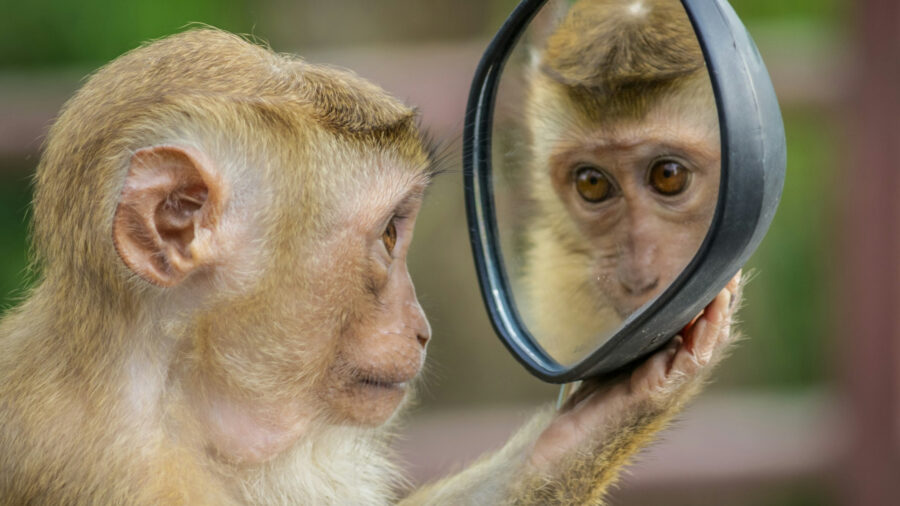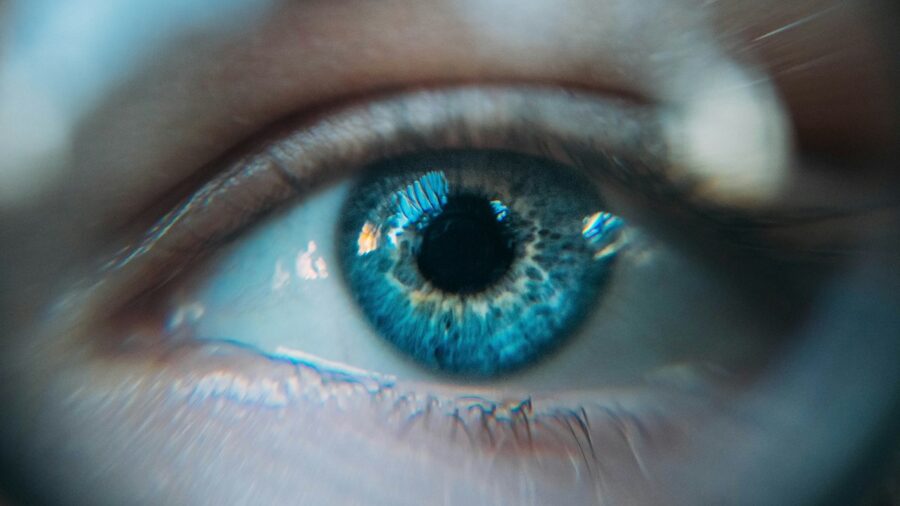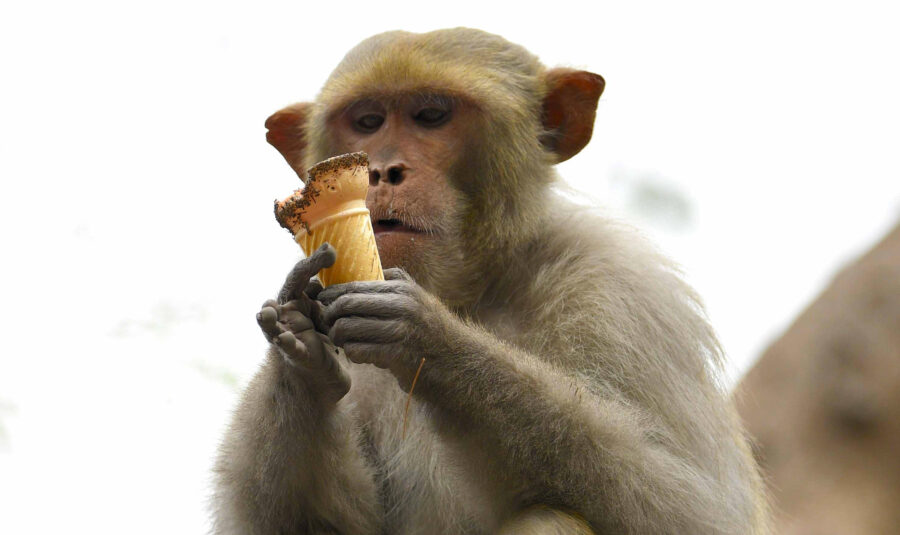Stem Cells Used To Cure Monkey’s Vision, Humans Next?

In a major step that could potentially lead to jaw-dropping recoveries in humans affected by conditions such as macular holes, researchers at the Kobe Eye Hospital in Japan have repaired a hole in a monkey’s retina utilizing human stem cells.
In the revolutionary study published in the medical journal, Stem Cell Reports, a team led by Dr. Michiko Mandai took a look at repairing a macular hole in the eye of a Japanese macaque. According to the study, following the placement of a patch comprised of human stem cells onto the macaque’s retina, the animal’s vision greatly improved over the course of its recovery.
A Cure For Macular Holes?

According to the American Academy of Ophthalmology, a macular hole is described as a circular opening that forms in your macula, creating a vision that may be blurry, wavy, or even distorted. As the macular hole increases in size, a dark or blind spot appears in a person’s central vision, greatly impacting a person’s quality of life.
For Dr. Mandai and her team of researchers at the Kobe Eye Hospital, their years-long study focused on the development of small versions of retinas derived from human stem cells, aimed at creating a vision-restoring procedure.
In order to test the viability of the human-made retinal organoid sheets, Dr. Mandai and the research team came in contact with another lab that was studying how the eyes and brain process images. However, that secondary lab discovered that one of the macaques was not able to complete a series of vision-based tests that any of the other macaques were able to complete. After a closer inspection, it was determined that the macaque suffered from a macular hole, which greatly impacted its vision and made completing the visual tests too difficult.
Testing The Procedure On Macaques
Seeing an opportunity to kill two birds with one stone, the vision-impaired macaque was sent to Dr. Mandai’s laboratory. The research team then developed a retinal sheet derived from humans stem cells and attached the sheet to the macque’s retina, all with hopes of improving the animal’s eyesight. According to the research team’s study, not only was the transplant perfectly safe and relatively low-impact but the monkey’s performance on vision-based tests improved following its recovery.

Despite the success of the transplant of the human stem cells sheet and the restoration of the macque’s improved vision, the procedure still had a minor complication in the form of a “mild rejection” of the retinal organoid sheet. According to Mandai, the macaque’s immune system briefly attacked the transplanted sheet, but that was cleared up with a series of steroid injections that suppressed the immune system’s attack. According to Mandai, “Transplantation of human tissue to a human would have less risk of immune response,” leading to fewer complications she said.
An Alternative To Surgery
Normally, conditions such as macular holes or retinal degeneration are not only debilitating but also difficult to effectively treat, often leading to complications or even partial blindness. In some cases of macular holes, doctors treat a patient by performing a surgery called vitrectomy, where a surgeon removes the vitreous that is pulling on their macula. A gas bubble is then inserted into the eye to help flatten the macular hole and hold it in place while the eye heals.
Following the procedure, the gas bubble in the eye slowly goes away on its own as the patient heals and the hole begins to close, restoring a portion of the patients vision, though results are often dependent on the size of the hole. With the new human stem cell-based procedure, vision treatments may eventually offer less risks to human patients with an increased chance of restored vision.
Source: Stem Cell Reports













Login with Google